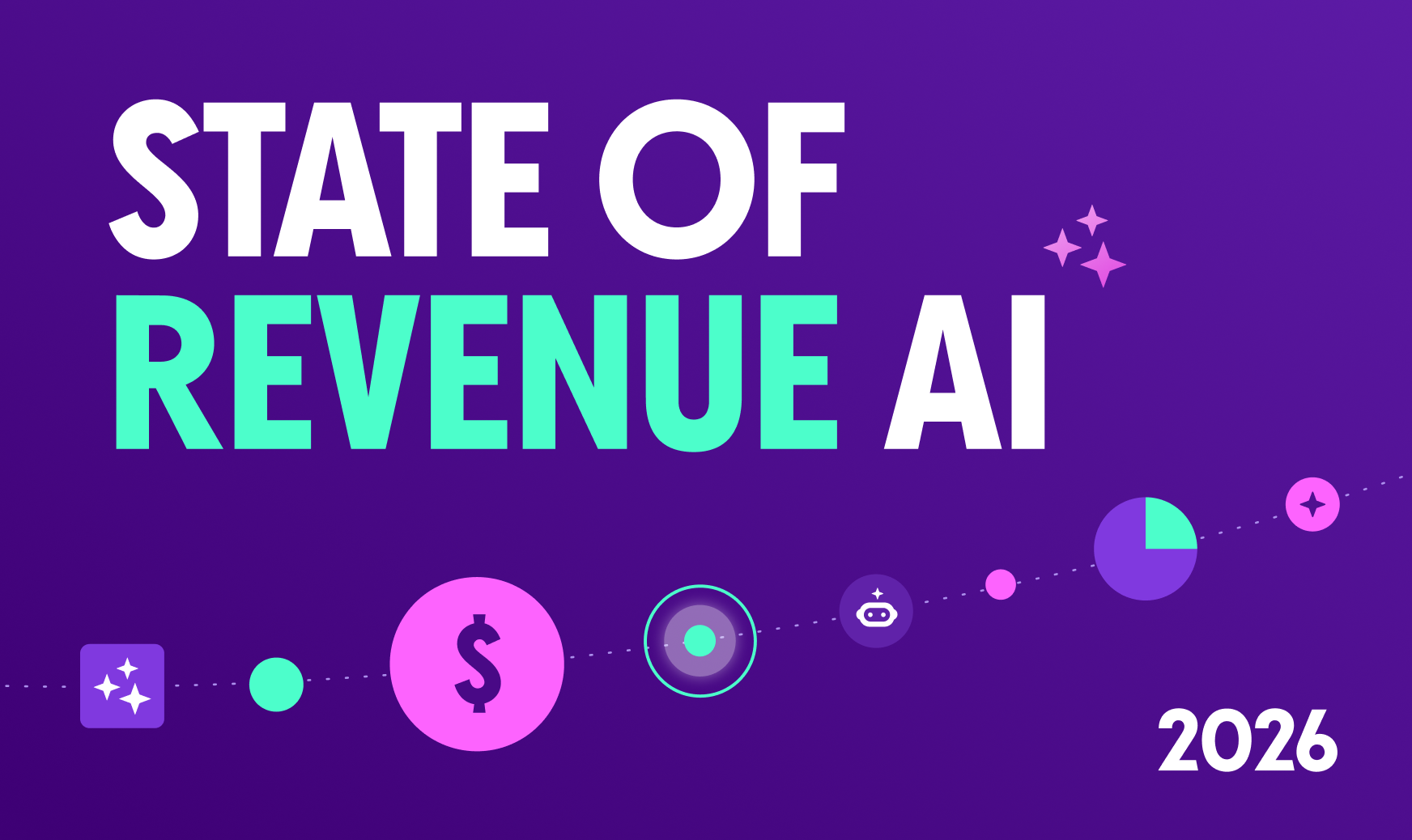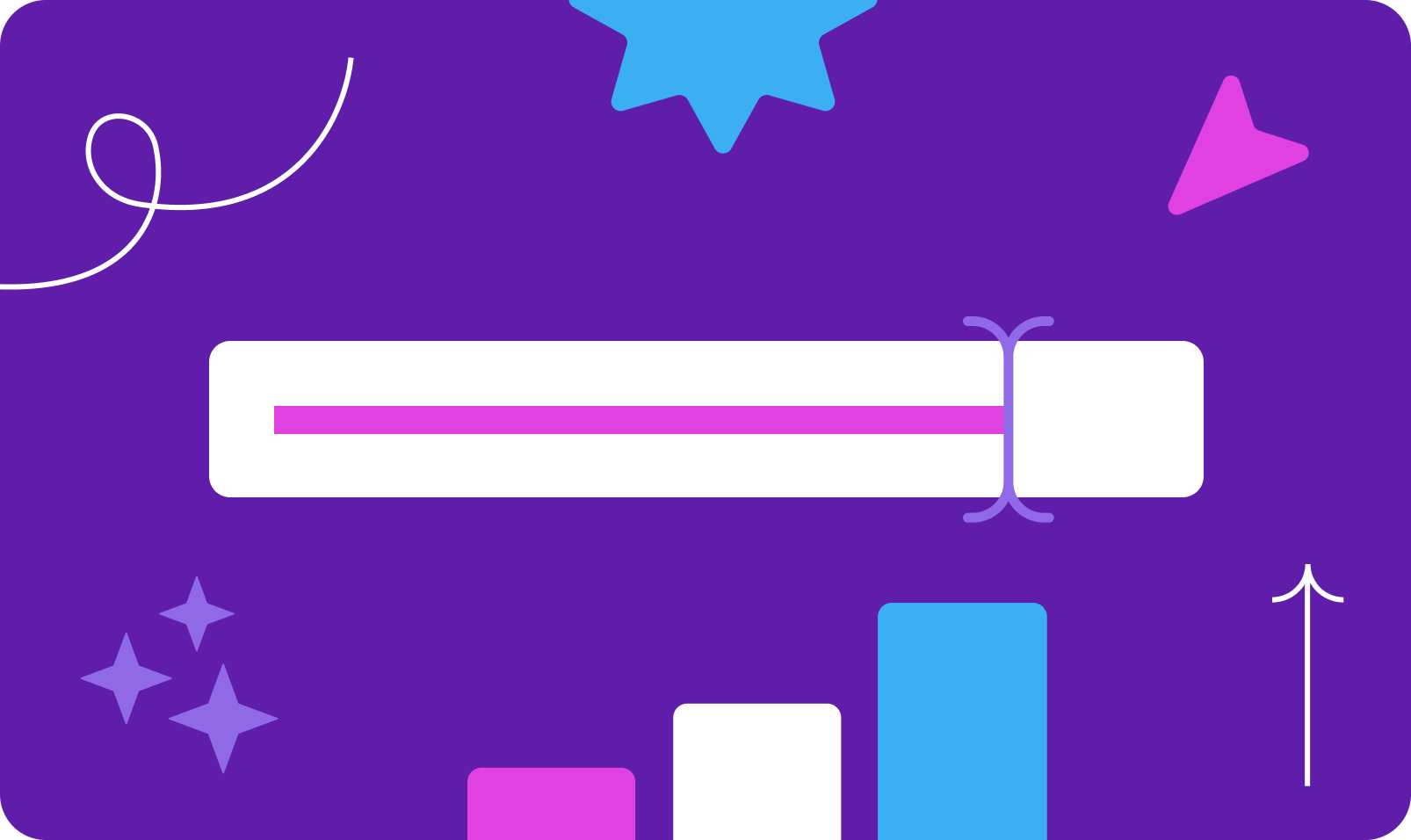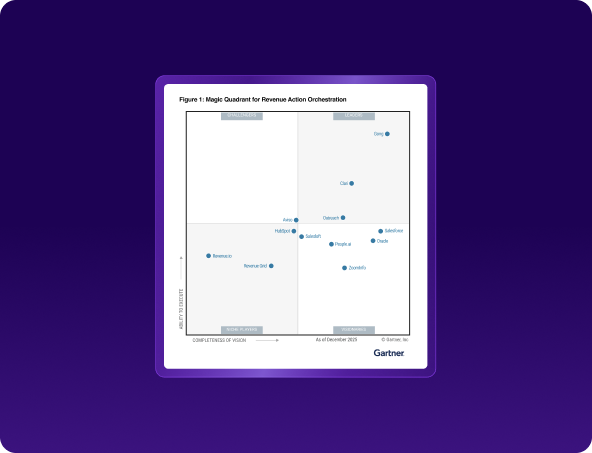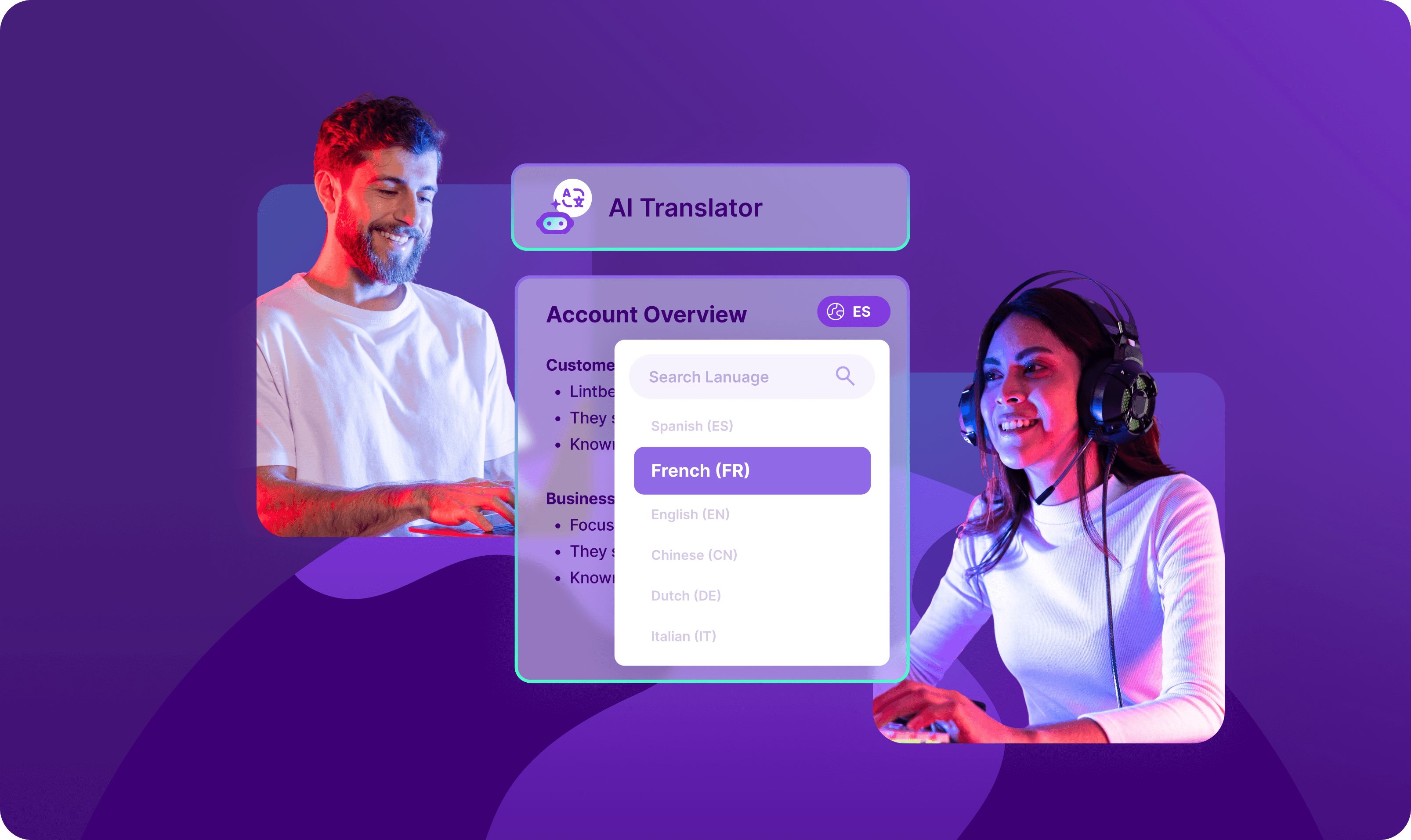Inside Uber for Business: What it actually takes to operationalize AI-led RevOps
Damir Zecevic
Global Head of Revenue Operations
Published on: June 12, 2025
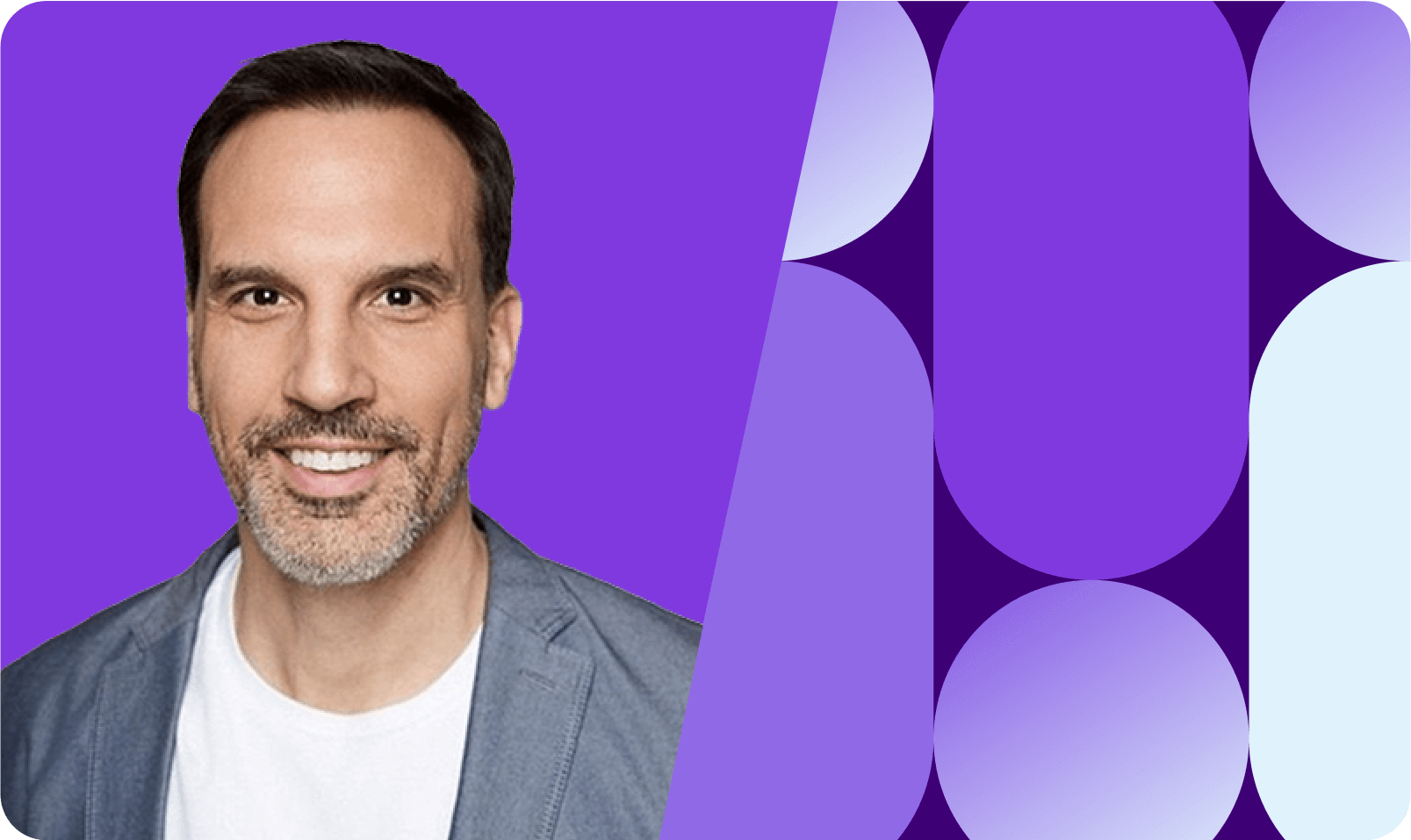
If you’re leading revenue operations, you’ve probably felt the pressure to deliver outsized results with AI, and the fatigue of experimenting with unclear impact. We were there too, but not anymore.
AI once sat on the sidelines at Uber for Business. We had a few productivity solutions scattered across our go-to-market (GTM) teams, with spotty adoption. But with employees in 60+ countries, and 60% of the Fortune 500 as our customers, we couldn’t afford to dabble.
We stopped experimenting and started operationalizing, making AI the foundation of our GTM motion. Now, AI is the system underpinning our onboarding, forecasting, coaching, and more.
So far, Gong has saved us 6,700 hours across call prep, follow-up, and CRM updates. Gong’s AI Tracker agent helped us lift buyer response rates by 32% by identifying which value props resonate most with different personas . We’re a fully AI-powered sales organization, scaling globally while staying deeply customer centric.
Here’s more about what that shift looked like for us and what you might unlock with similarly ambitious changes.
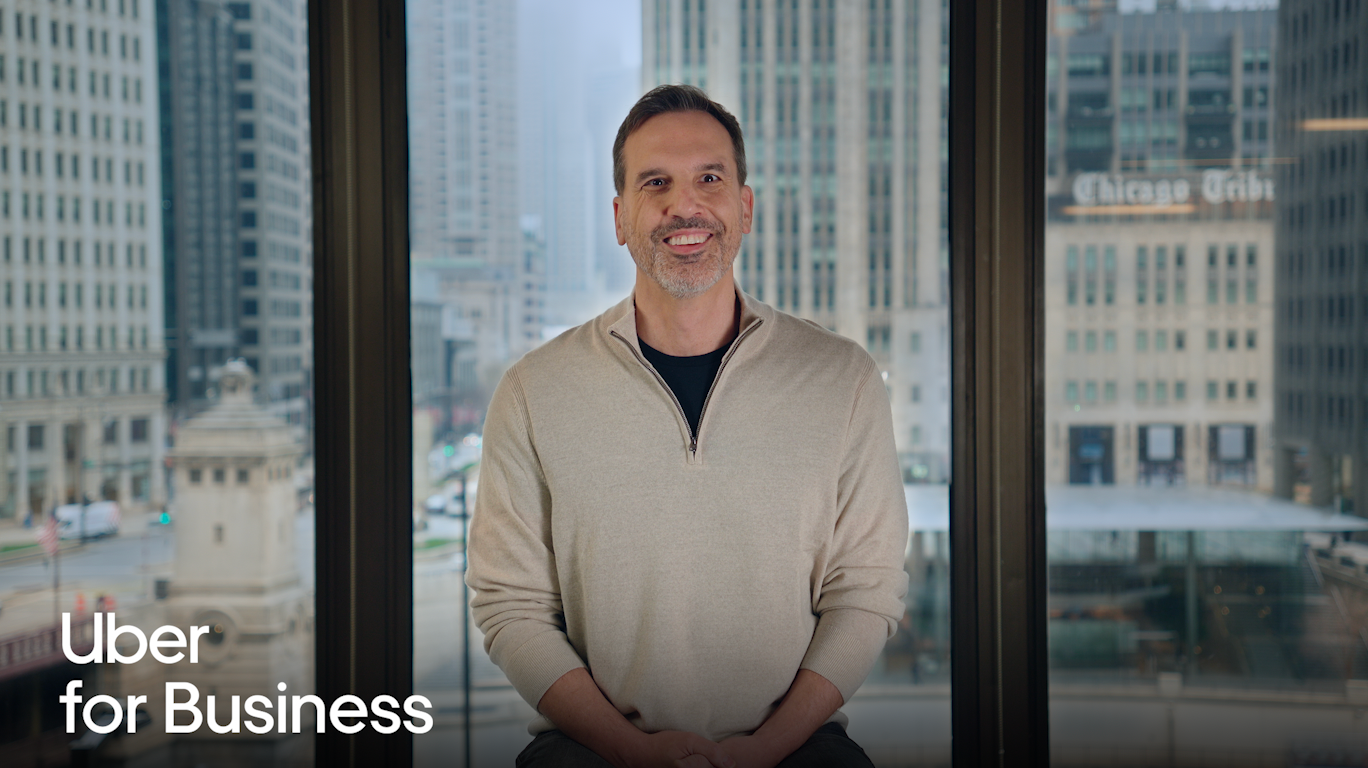
Building our AI ecosystem
When we decided to make AI the backbone of every GTM role — from BDRs to enterprise and strategic account teams — we focused on accelerating two things:
- Seller productivity
- A customer-first mindset
We weren’t looking for a handful of helpful features, we wanted a full-stack shift. That meant rethinking how reps prep for calls, how managers coach, how self-serve segments grow, and how data flows through every part of our system.
Today, our AI ecosystem is built around three themes:
Agents within workflows
We choose and design our AI platforms to show up exactly where our reps are. That includes surfacing the right product recommendation at the right time, summarizing a deal’s history, or detailing how to prep for a high-stakes call. Purpose-built Gong Agents within Gong’s Revenue AI Platform play a role here. We’re also building internal solutions to conduct pre-sales research and ride-along coaching so reps can better handle objections in real time.
Nurturing the right leads and fueling self-serve growth
Our BDRs’ time is limited, and not every account needs hands-on attention. We make sure AI flags high-potential accounts, recommends customized outreach, and guides reps with targeted steps that convert. For our self-serve motion, those same insights help us engage earlier, often before a prospect even raises their hand.
Customer data that learns, flags, and flows
We’ve doubled down on clean, reliable, and complete customer data. Because Gong’s platform is trained on real conversations, its insights are easier to trust and act upon. That intelligence now flows across systems, showing up exactly where reps and revenue leaders need it. Quality data powers our forecasting calls, performance reviews, coaching sessions, and even our product feedback loops. That same data is also powering the next big wave: agentic AI technology that will soon make some decisions for us and free us from low-value tasks.
The payoff: Time back, results forward
Tech as a teammate is absolutely the next frontier, and if you’re not catching on quickly enough, you’re going to get left behind — painfully so.
Since rolling out Gong and our broader AI ecosystem, we’ve saved reps more than 6,700 hours of admin time. That includes 1,900 hours on call prep, 2,400 on follow-up, and 2,350 on CRM updates. It’s not just time we’re gaining, it’s quality and consistency. Follow-ups are complete, and transcripts and CRM entries are clearer, more actionable, and consistently available. It’s the difference between tasks that are done and done well.
Our reps aren’t just working faster, they’re also performing better. Reps in the top 25% of Gong usage create more opportunities and close more revenue than their peers.
We’ve also seen a 32% lift in response rates when reps pitch AI-recommended products to the right personas. That’s because Gong’s AI Tracker agent surfaces which value props resonate most. It’s proof that using Gong Agents to guide our workflows leads to better outcomes.
Beyond the numbers, the technology has fundamentally changed how we work:
- Coaching is sharper. Managers can see exactly where reps get stuck and what works in our top deals. That means more targeted feedback and greater deal likelihood across the board.
- Forecasts are more accurate. Risk indicators now reflect what customers actually say, not what’s logged in our CRM.
- Onboarding is faster. New reps learn directly from real conversations and get guidance when it matters.
These force multipliers are constantly increasing. I’m not sure we can even predict how much more effective we’ll be in six months, but we know we will be.
What’s next: Agentic technology is moving fast and so are we
Even with the progress we’ve made using AI agents, I know Uber for Business is just scratching the surface of what’s possible.
Agentic technology is already turning insights into action. It summarizes, recommends, coaches, and nudges in real time, and it’s 100% where we want to be.
We’ve mapped the end-to-end seller journey and it’s clear where Gong Agents can step in to reduce friction and increase impact. In a recent survey, our reps identified nearly 70% of sales activities as low-value. That’s where the opportunities lie — not in incremental improvements, but as a step change in productivity. Reps will make fewer decisions and spend more time doing what only humans can: building relationships, solving problems, and closing deals.
If you’re still experimenting, the clock’s ticking. AI is no longer the future, it’s now.
Discover more from Gong
Check out the latest product information, executive insights, and selling tips and tricks, all on the Gong blog.
